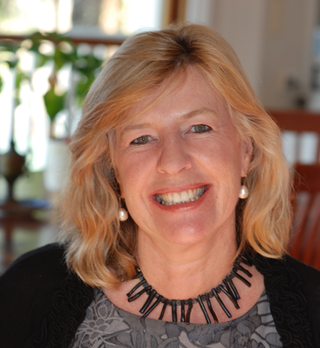Arise, ye starvelings
1 May 2017
- We peasants, artisans and others Are explaining our lives to cultural commentators.
- Enrolled among the sons of toil Or, perhaps, among the open source, robotic, small-scale farm workers.
- Let’s change the earth henceforth for brothers And sisters, natch, by pausing in our wanderings to crack a walnut or two.
- Drive the indolent from the soil No! Make the indolent pick their own.
- On our flesh too long has fed the raven Consumer capitalism eats a chocolate factory and a way of life.
- We’ve too long been the vulture’s prey Those vultures have already increased the price of fruit and veg in the UK.
- But now farewell the spirit craven Farewell too to Five Myths About Medieval Cuisines.
- The dawn brings in a brighter day A day on which I would be free to attend the Creative Tastebuds Symposium in Denmark in September.

 Foodwise, what unites Cameroon, Nigeria and Grenada? How about Cape Verde, Colombia and Peru? As of today, you can
Foodwise, what unites Cameroon, Nigeria and Grenada? How about Cape Verde, Colombia and Peru? As of today, you can 
 No country has solved the problem of how to ensure that all of its people have enough safe, nutritious food to eat year round, and the variety of approaches is both bewildering and informative. Australia, for example, has a welfare system that doesn’t make any specific provision for food. But it does exempt certain healthier foods – such as fruit and veg, bread, fresh meat, milk and eggs – from the Good and Services Tax. That makes them cheaper than they might otherwise be, a sort of
No country has solved the problem of how to ensure that all of its people have enough safe, nutritious food to eat year round, and the variety of approaches is both bewildering and informative. Australia, for example, has a welfare system that doesn’t make any specific provision for food. But it does exempt certain healthier foods – such as fruit and veg, bread, fresh meat, milk and eggs – from the Good and Services Tax. That makes them cheaper than they might otherwise be, a sort of